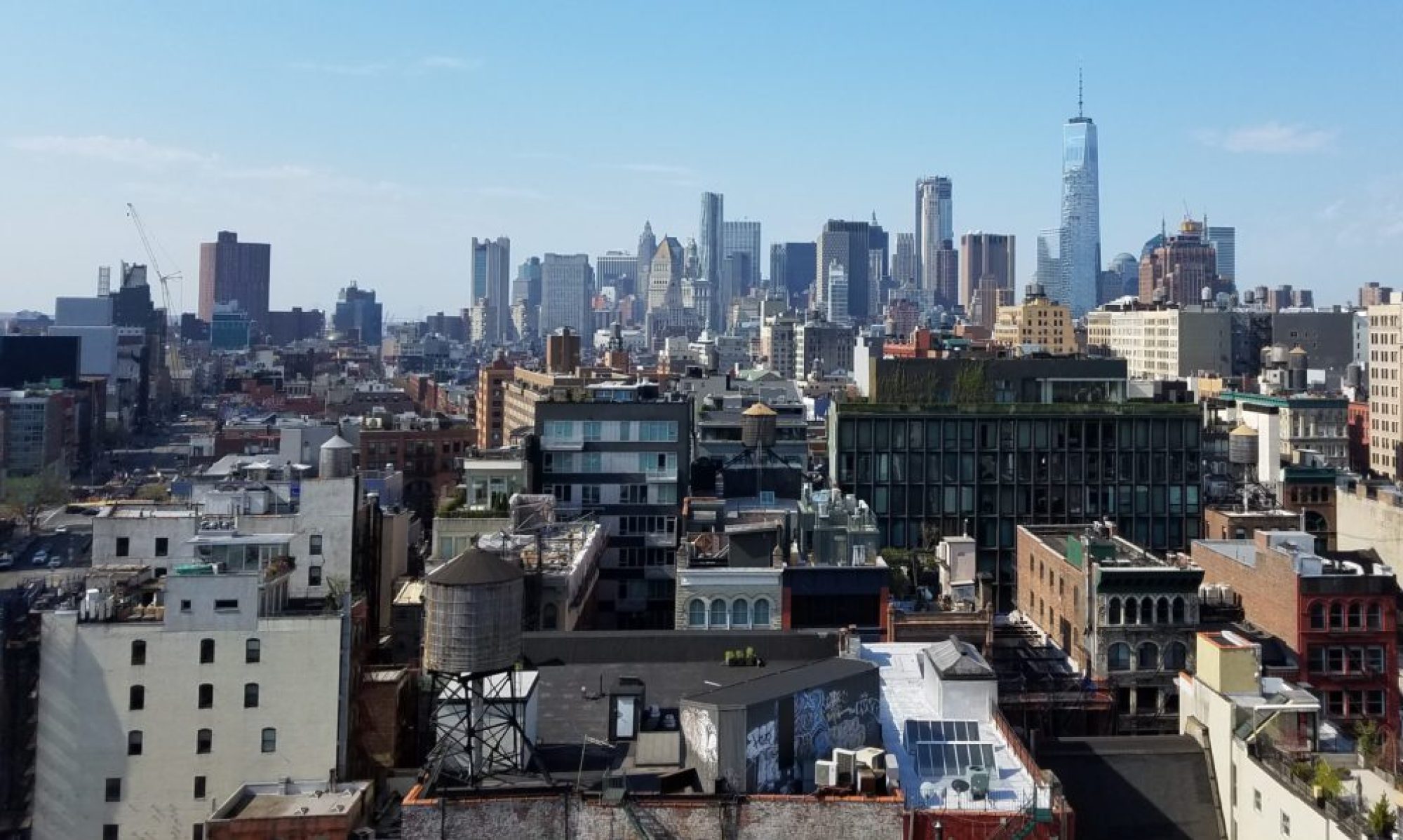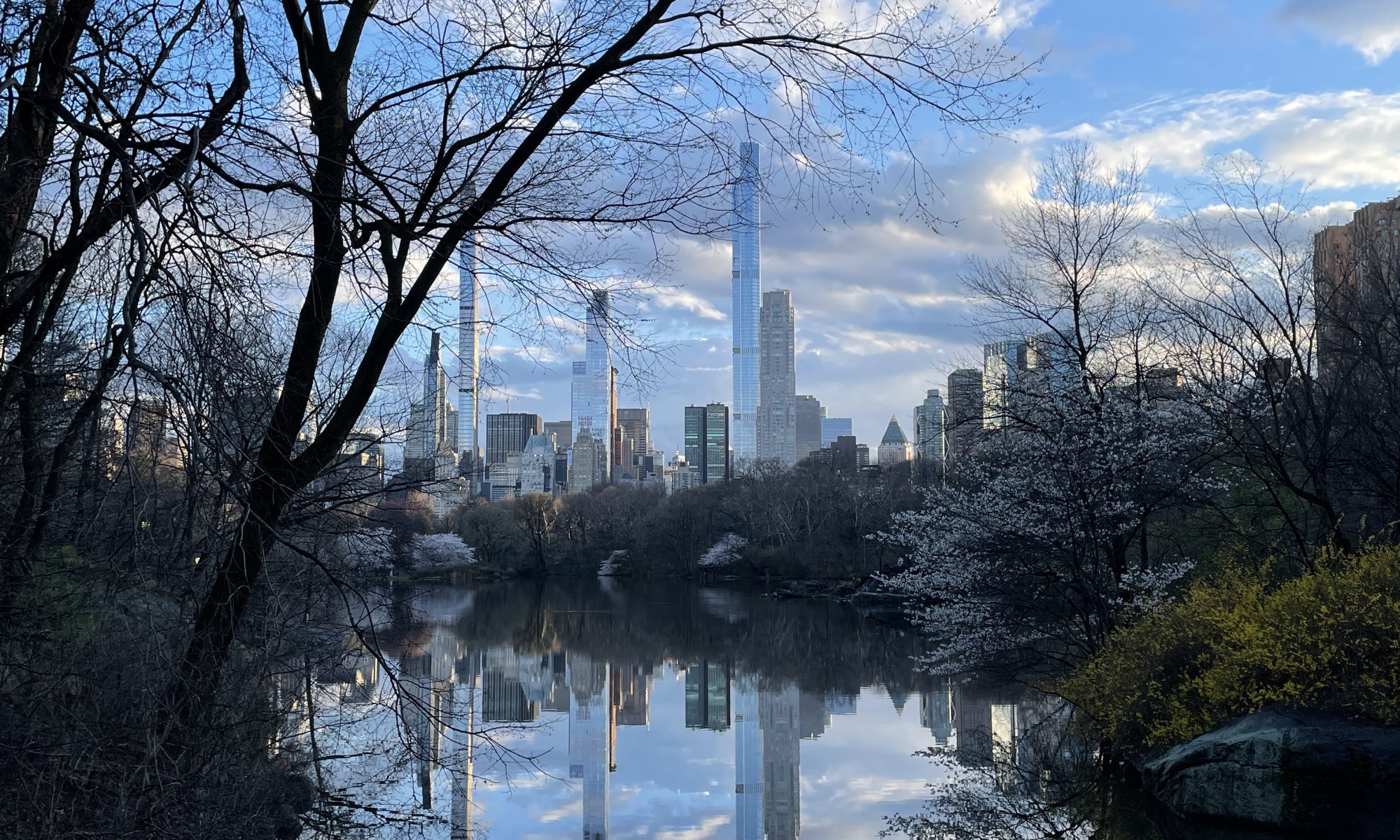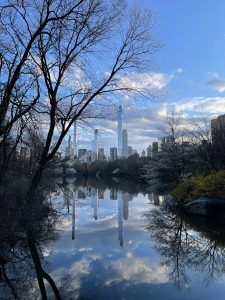Central Park is one of the most iconic and beloved landmarks in New York City. It is a 843-acre park located in the heart of Manhattan, stretching from 59th Street to 110th Street and from Fifth Avenue to Central Park West. It is a beautiful oasis of greenery in the midst of the bustling city, and has become an integral part of New York City’s identity.
The History of Central Park
Central Park was created in the mid-19th century as part of an effort to improve the quality of life in New York City. At the time, the city was growing rapidly, and its population was becoming increasingly crowded and unhealthy. The creation of a large park in the heart of the city was seen as a way to provide a space for residents to relax and enjoy nature, and to improve public health by promoting exercise and fresh air.
In 1853, the New York State Legislature authorized the creation of a public park in Manhattan, and a competition was held to design the park. The winning design was created by Frederick Law Olmsted and Calvert Vaux, who envisioned a park that would offer a range of activities and amenities for visitors, including walking paths, lakes, and open spaces for recreation.
Construction of the park began in 1858 and took more than a decade to complete. The park officially opened to the public in 1876, and has been a beloved destination for New Yorkers and visitors alike ever since.
The Features of Central Park
Central Park is home to a wide variety of features and attractions that make it a unique and special place. Some of the most notable features of the park include:
- The Great Lawn: This is one of the largest open spaces in the park, and is a popular spot for picnics, sports, and other recreational activities.
- The Central Park Zoo: This small zoo is home to a variety of animals, including penguins, sea lions, and red pandas.
- The Conservatory Garden: This formal garden is located in the northeast corner of the park, and is home to a variety of seasonal flowers and plants.
- The Jacqueline Kennedy Onassis Reservoir: This body of water is located in the center of the park, and is surrounded by a 1.58-mile running track that is popular with joggers and walkers.
- The Bethesda Fountain: This beautiful fountain is located in the heart of the park, and is one of its most iconic features.
In addition to these attractions, Central Park is also home to numerous walking paths, bridges, and scenic vistas, as well as playgrounds, sports fields, and other recreational facilities.
The Impact of Central Park
Central Park has had a profound impact on New York City, both culturally and economically. On the cultural front, the park has become an important symbol of the city’s identity, and has been featured in countless movies, TV shows, and other media.
Moreover, the park has also been a major contributor to New York City’s economy, generating billions of dollars in revenue each year. According to a recent study, the park generates over $1 billion in economic activity annually, supporting over 17,000 jobs and driving tourism from all over the world.
Beyond its economic impact, Central Park has also had a significant impact on public health and well-being. The park provides a space for residents to exercise and enjoy nature, and has been shown to have a positive impact on mental health and overall quality of life.
The Future of Central Park
Central Park is an essential part of New York City’s cultural and economic landscape, and it is important that it be preserved and protected for future generations. The park faces a number of challenges, including maintenance and funding issues, as well as the threat of climate change and other environmental issues.
However, there are many organizations and individuals working to ensure the future of Central Park. The Central Park Conservancy, a non-profit organization, is responsible for the management and maintenance of the park, and works to ensure that it remains a beautiful and thriving public space.
Moreover, there are ongoing efforts to make Central Park more accessible and inclusive, with initiatives to improve accessibility for people with disabilities, and to create programming and events that celebrate the diverse cultures and communities that make up New York City.
Conclusion
In conclusion, Central Park is a beloved and iconic destination in New York City, providing a space for residents and visitors alike to enjoy nature, recreation, and community. Its rich history, diverse features, and profound impact on the city’s cultural and economic landscape make it an essential part of the city’s identity.
As we look to the future, it is important that we continue to support and invest in Central Park, ensuring that it remains a beautiful and thriving public space for generations to come. Whether you’re a New Yorker or a visitor to the city, Central Park is a must-visit destination that offers something for everyone.


